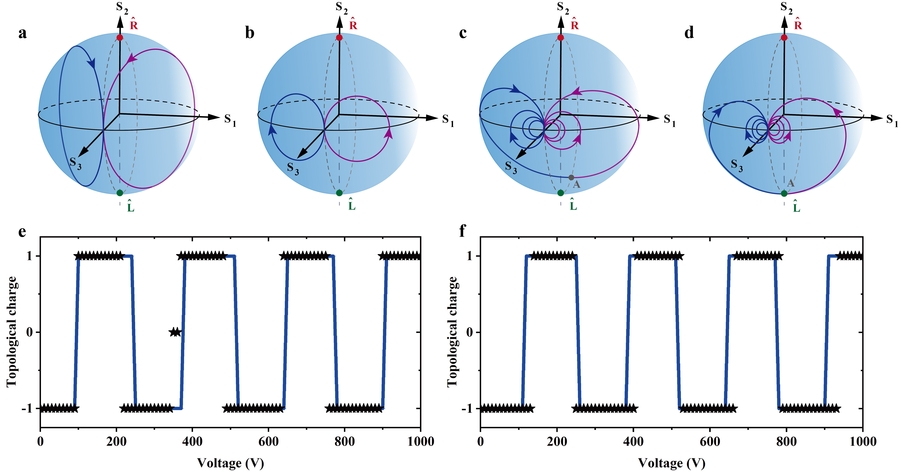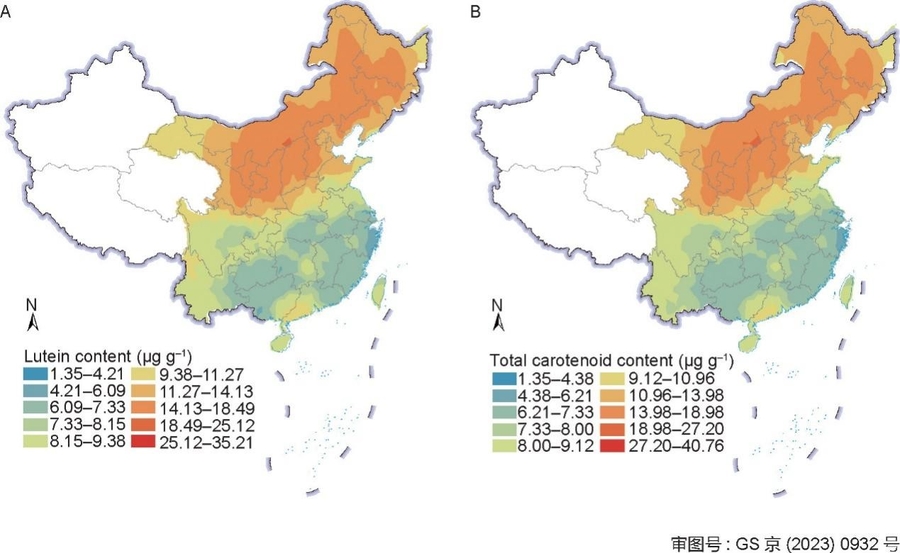Spin-orbit Optical Rabi oscillations
KNOXVILLE, TN, October 19, 2023 /24-7PressRelease/ — Rabi oscillation is an important wave phenomenon in different disciplines. The wave states in the Rabi oscillations have been revealed as spin waves and orbital waves, while a Rabi wave state merging the spin and orbital angular momentum has remained elusive. Scientists in China reveal spin-orbit-coupled Rabi oscillations in the higher-order regime of light. The novel form of Rabi oscillations offers routes to manipulating the spin and orbital angular momentum in three and four dimensions.
The Rabi oscillation has been proven to be one of the cornerstones of quantum mechanics, triggering substantial investigations in different disciplines including atomic and molecular physics, acoustics, and optics. Various important applications have been demonstrated, ranging from nuclear magnetic resonance imaging and spectroscopy to quantum information processing. So far only two independent classes of wave states in the Rabi oscillations have been revealed as spin waves and orbital waves, while a Rabi wave state simultaneously merging the spin and orbital angular momentum has remained elusive.
In a new paper published in Light Science & Application, a team of scientists, led by Professor Zhen Li and Shenhe Fu from Department of Optoelectronic Engineering, Jinan University, China, and co-workers have reported a new form a Rabi oscillation, being with both spin and orbital angular momentum. To reveal this fundamental phenomenon, they constituted a pseudo spin-1/2 formalism and optically synthesized a controllable magnetic field in the light-crystal interaction process. Based on this formulism, they observed simultaneous oscillations of the spin and orbital angular momentum in weak and strong coupling regimes, driven by the beam-dependent synthetic magnetic field. Furthermore, they introduced an electrically tunable platform, allowing a fine control of transition between different Rabi oscillatory modes, resulting in an emission of orbital-angular-momentum beams with tunable topological structures. Their results constitute a general framework to explore spin-orbit couplings in the higher-order regime, offering routes to manipulating the spin and orbital angular momentum of light in three and four dimensions. The reported method and technique will find potential applications both in classical and quantum optics.
The observed spin-orbit-coupled Rabi oscillation is manifested by simultaneous oscillations of spin and orbital angular momentum with the coupling length, in the presence of the optically synthesized magnetic fields. The scientists summarize the findings:
“We constitute a pseudospin-1/2 formalism in an analogy to Pauli equation describing the spinning of a quantum particle and optically synthesize a magnetic field through light-crystal interaction. In the system, we define the right- and left-handed circularly polarized vortex beams as the spin-up and spin-down equivalents coupled by the synthesized magnetic fields, which can be fully controlled by either structuring the light beam or engineering the crystal.”
“Structured light comprising a superposition of spin and orbital angular momentum states has drawn considerable interest since it holds a promise for multidimensional high-capacity data multiplexing. Our platform allows spatiotemporal modulations of the synthesized magnetic fields, enabling to manipulate the structured light beams in three- and four-dimensional configurations.” they added.
“Since the setting is equivalent to those described by the Pauli equations such as in quantum mechanics and nonlinear optics, our results open new possibilities for spinor manipulation in the higher-order regime. ” the scientists forecast.
References
DOI
10.1038/s41377-023-01238-8
Original Source URL
https://doi.org/10.1038/s41377-023-01238-8
Funding information
This work was supported by the National Natural Science Foundation of China (62175091,11974146), the Pearl River talent project (2017GC010280), the Key-Area Research and Development Program of Guangdong Province (2020B090922006), the Guangzhou science and technology project (202201020061), the China Postdoctoral Science Foundation (2021M701436), and the Outstanding Innovative Talents Cultivation Funded Programs for Doctoral Students of Jinan University (2021CXB005).
Contact
Shenhe Fu
Department of Optoelectronic Engineering, Jinan University, Guangzhou 510632, China
Guangdong Provincial Key Laboratory of Optical Fiber Sensing and Communications, Guangzhou 510632, China
Guangdong Provincial Engineering Research Center of Crystal and Laser Technology, Guangzhou 510632, China, fushenhe@jnu.edu.cn
About Light: Science & Applications
The Light: Science & Applications will primarily publish new research results in cutting-edge and emerging topics in optics and photonics, as well as covering traditional topics in optical engineering. The journal will publish original articles and reviews that are of high quality, high interest and far-reaching consequence.
Chuanlink Innovations, where revolutionary ideas meet their true potential. Our name, rooted in the essence of transmission and connection, reflects our commitment to fostering innovation and facilitating the journey of ideas from inception to realization.
Related Link:
http://chuanlink-innovations.com
—
For the original version of this press release, please visit 24-7PressRelease.com here





